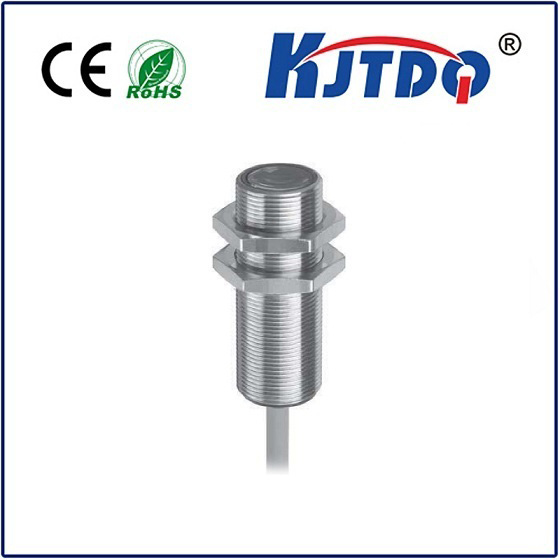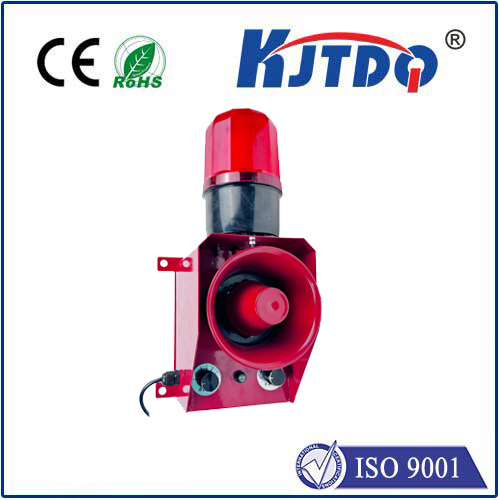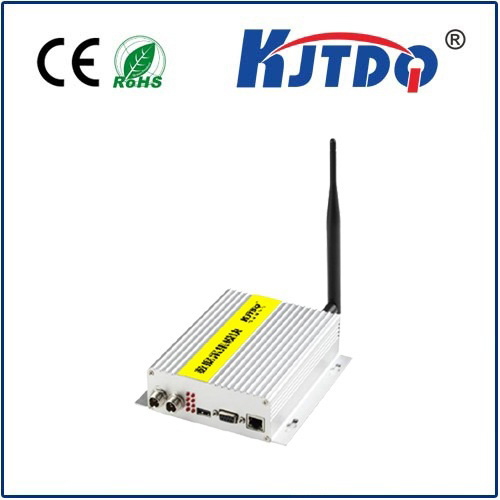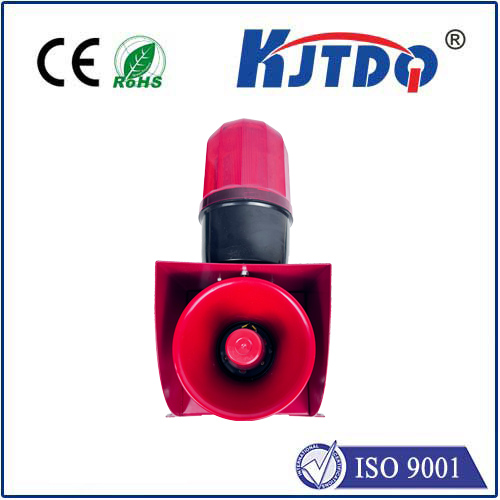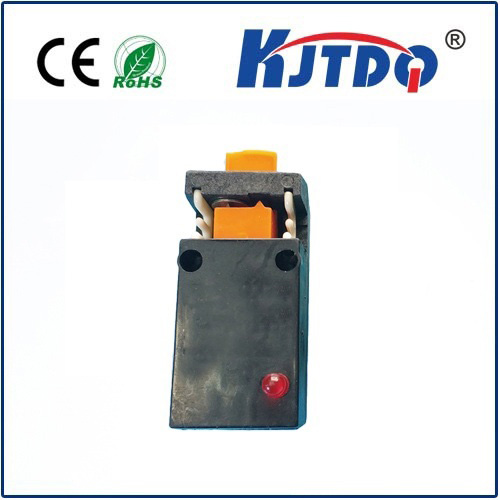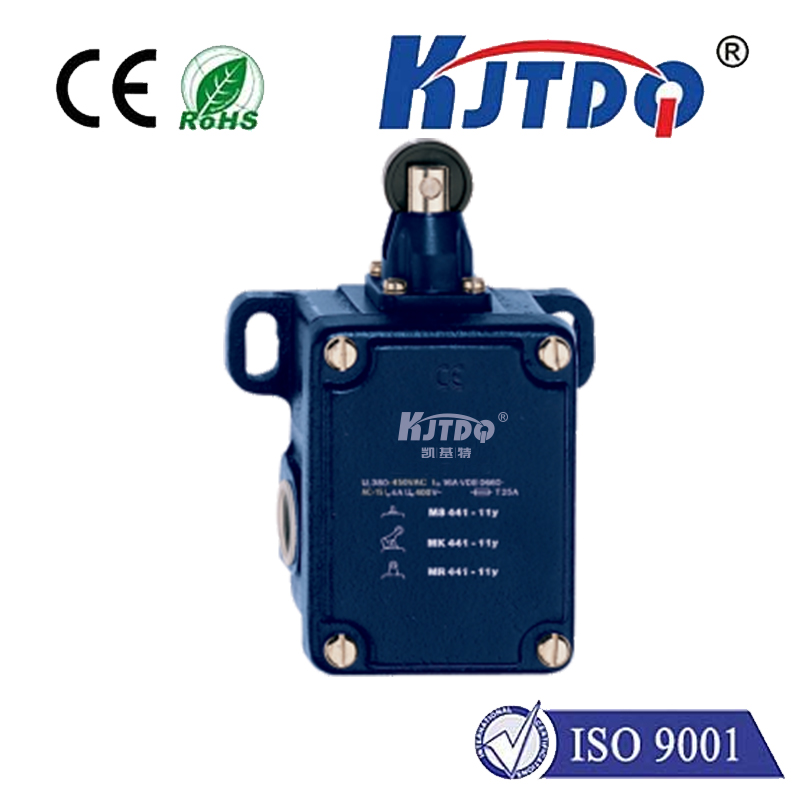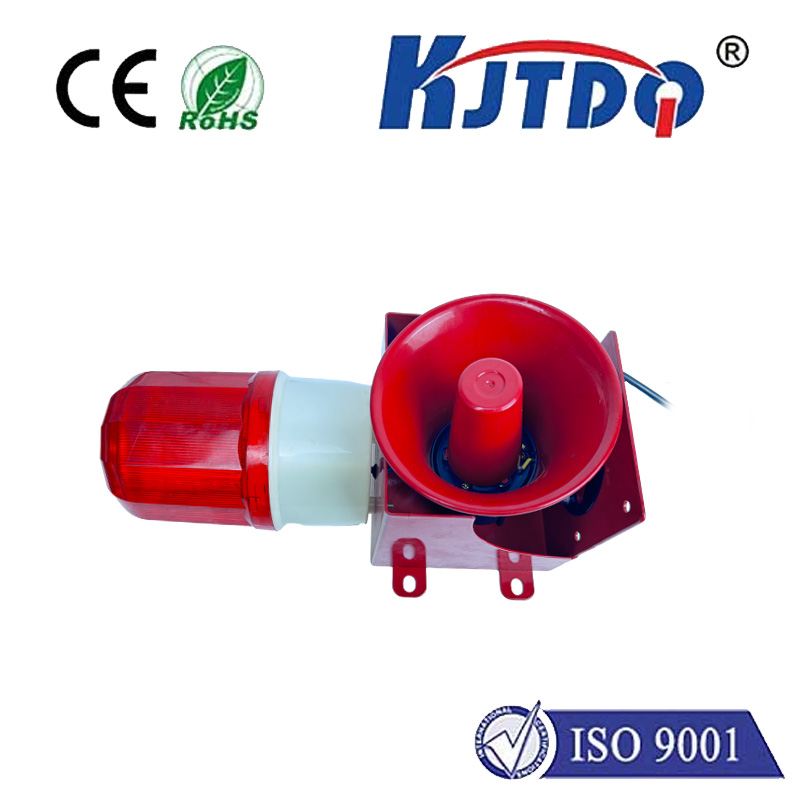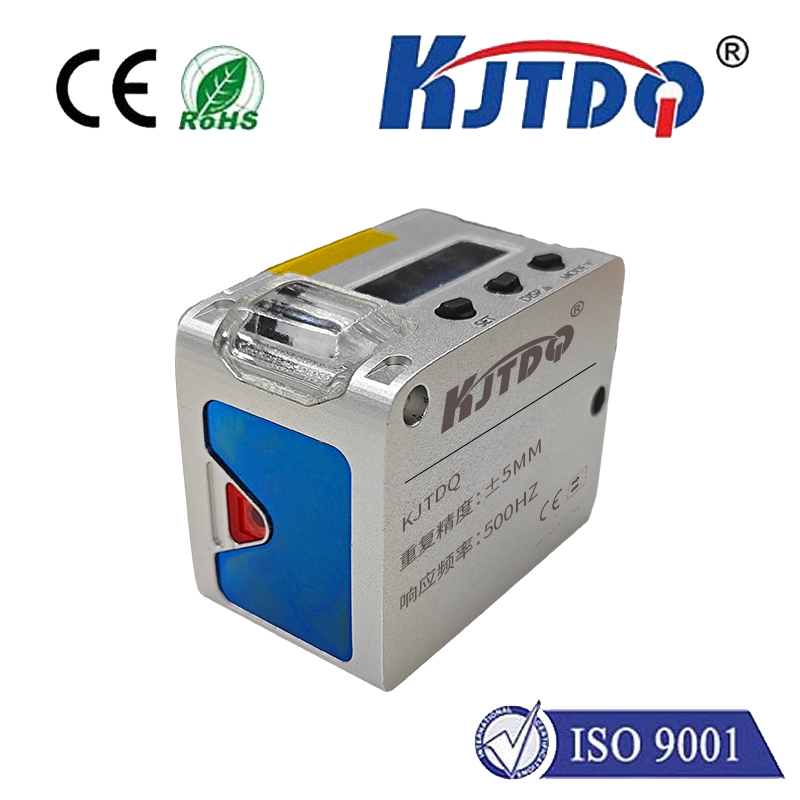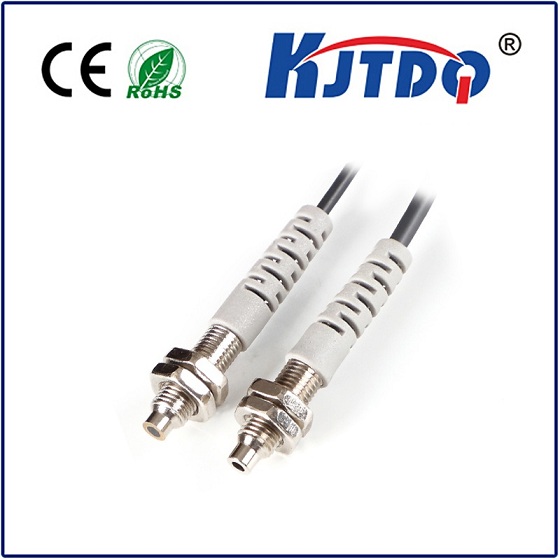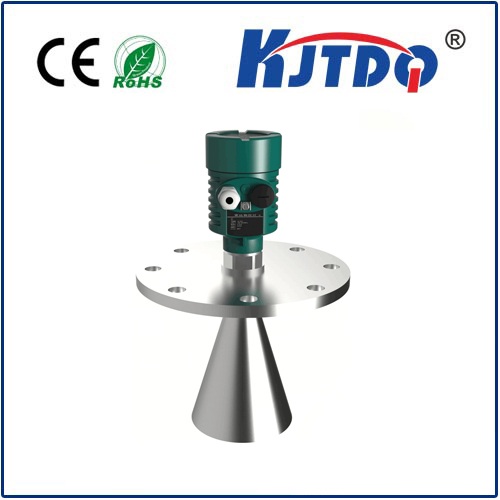
check

check

check

check
DIY projects are an excellent way to learn new skills and create something functional. Today, we will delve into making a laser range finder – a device used to measure the distance to an object. This technology typically finds applications in fields such as surveying, engineering, and even on lunar rovers for calibration purposes. Let's explore how you can build one yourself.
The first step involves understanding the principle behind a laser range finder. At its core, it calculates distance by measuring the time it takes for a light beam to reach the target and bounce back. The functionality is based on phase-shift measurement which allows for high accuracy and speed. This principle is not just applicable to rover calibration but also in everyday tools like the ones used in route surveys and design.

In our DIY project, writing the data communication program between the device and the station becomes crucial. While this may sound complex, with the right guidance, it is well within the capabilities of a hobbyist. You will need to familiarize yourself with basic programming to ensure your DIY laser range finder can communicate its measurements effectively.
One of the most critical considerations will be the selection of materials. Opting for a semiconductor laser range finder might be more accessible and suitable for beginners due to its simplicity and cost-effectiveness. However, if your project aims at greater accuracy or specific applications, exploring options like a CO2 laser range finder or a ruby laser range finder could be beneficial.
Impedance matching performance is another aspect that needs attention. For beginners, it is sufficient to understand that the antenna of your DIY laser range finder requires careful designing to match impedance. This ensures that the device operates efficiently, although diving deeper into antenna design could open up more nuanced discussions about signal strength and quality.
Finally, once you have all the necessary components and software in place, constructing the laser range finder involves careful calibration. Drawing parallels from lunar rover technology and other advanced systems, precision is key, and so is testing the device across different distances and conditions to ensure accuracy.
Completing a DIY laser range finder is not just about having a gadget; it signifies the journey of learning through hands-on experience. From grasping the underlying principles to carefully assembling each piece, this project is both an enlightening and rewarding venture. As you embark on this endeavor, remember that patience and attention to detail are your friends, and with every successful measurement, your enthusiasm for DIY technology will only grow.
